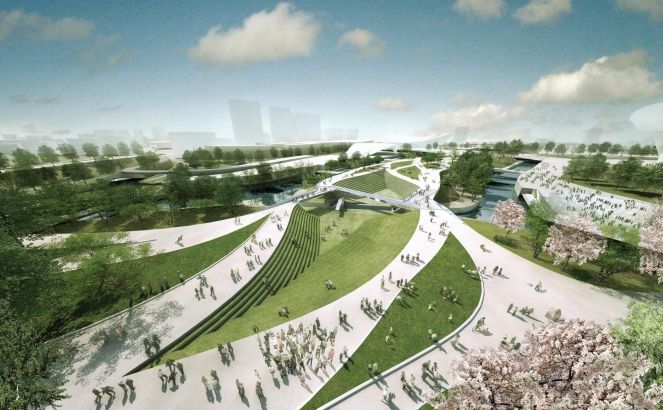Course info

The coursework will provide students with the basic skills for regional and local site analysis, introduction to landscape design methods, and graphic and model representation, including site plan, section, elevation, and sketching. Sustainable landscape solutions will be reviewed based upon the understanding that a landscape is designed to address ecological, economic, and social contexts to both meet the needs of society and minimize negative impacts on the future environment.
Having successfully completed the module, students should be able to demonstrate knowledge and understanding of:
i. Impact of ecology, hydrology, climate, exposure, flora, fauna, erosions factors, human ecologies, and economic contexts at various site scales from regional to local.
ii. Potential relationship between landscape and built form.
iii. Evaluate existing site landscape processes and potential impacts of various landscape approaches.
iv. Develop graphic communication skills to represent landscape design at various scales of intervention, from regional planning, to small site design.
v. Apply principles of sustainable landscape design to a project site.
vi. Apply design approaches for paving, water management, create plant lists, and represent landscape design.
vii. Apply various basic design approaches to landscape design, including revealing, connecting, insertion, choreography, etc.
viii. Create basic site design, planting, paving documents.
ix. Apply site research to landscape design and detailing.:
x. Learn independently in familiar and unfamiliar situations with open mindedness and in a sprit of critical enquiry.
xi. Work constructively as a member of a team and to manage both time and other sources effectively to meet the deadlines.
xii. Demonstrate general analytical, design, and problem solving skills.

